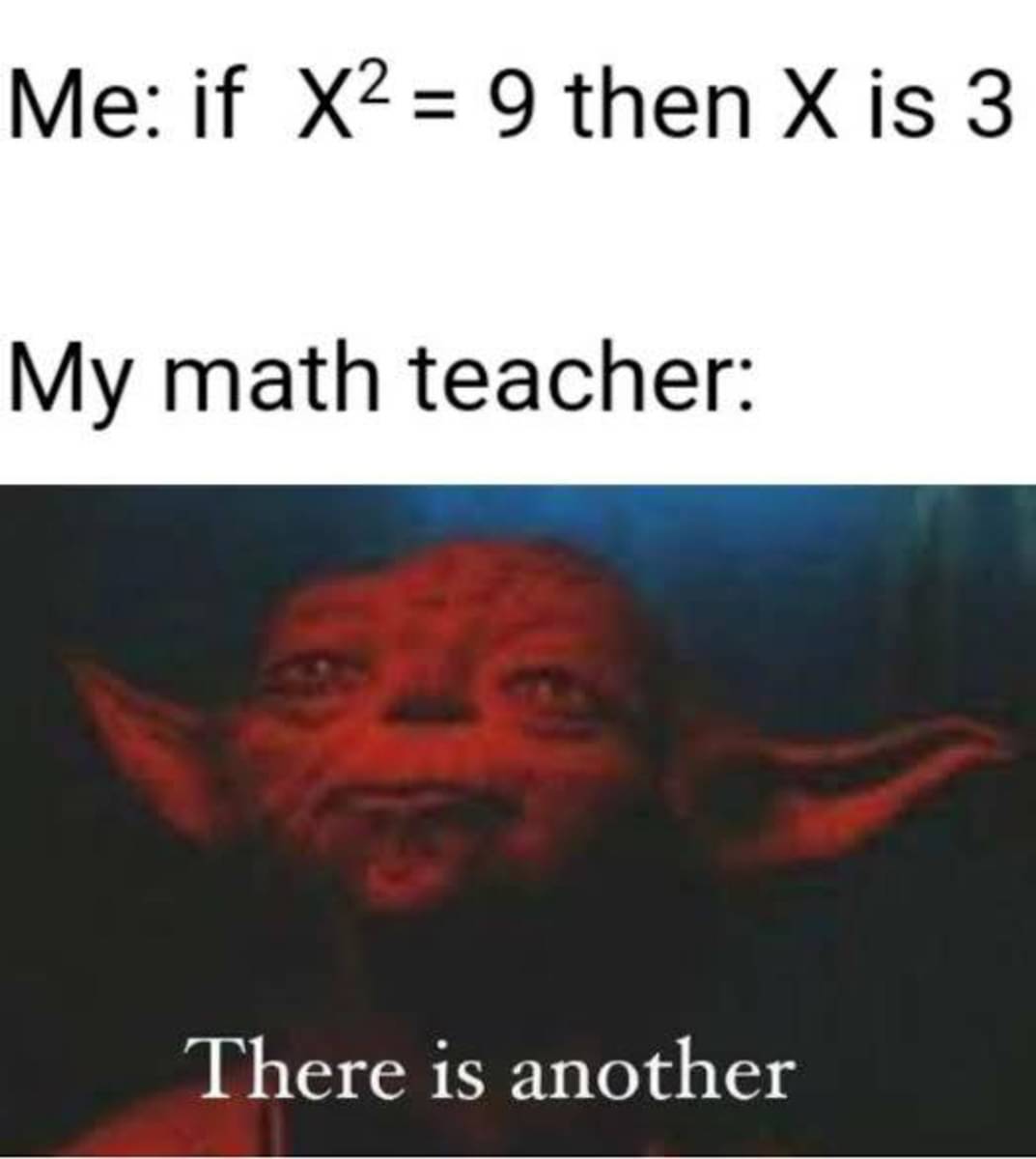The number of solutions/roots is equal to the highest power x is raised to (there are other forms with different rules and this applies to R and C not higher order systems)
Some roots can be complex and some can be duplicates but when it comes to the real and complex roots, that rule generally holds.

